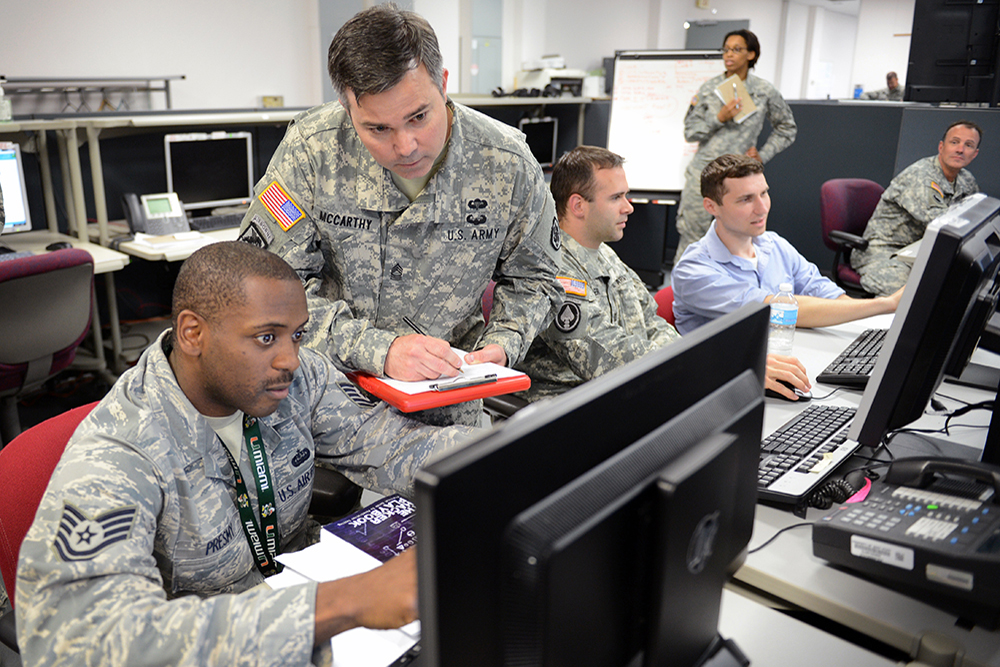
This post is also available in:
 עברית (Hebrew)
עברית (Hebrew)
Stemming from the idea that disruptive technologies will change the character of warfare, the multidomain battle concept recognizes that the way armies will fight and win wars will also change. The US Army is shifting to multidomain operations, where the commander cannot make a decision unless he understands the entirety battlespace. This opens up a need for new tools to fully understand the operating environment.
The new approach necessitates a comprehensive understanding of cyberspace, broadly defined as cyber, the electromagnetic spectrum, space and even the social media environment.
The US Army is in the process of prototyping what will eventually become a program in 2020 called cyber situational understanding, or cyber SU. Cyber situational understanding can tip off the commander at the scene to certain indicators in which there were no physical effects or indicators. It will help commanders visualize and understand what is happening in the nonphysical battlespace under their command, which could have drastic impacts during operations, says Col. Steve Rehn, the cyber capabilities manager at the Army Cyber Center of Excellence.
He said that for example, there’s at least seven different networks within an average brigade combat team aside from the primary command or communications network. The communications personnel within the brigade generally have a good handle on the primary one, but not all the others. This presents openings for the adversary.
One component of cyber SU is to pull this data on all the networks together to provide the commander a more complete picture of his battlespace, which now includes the broad realm of cyber. Moreover, cyber SU capability should be able to pull information from all types of sensors in the battlespace, according to c4isrnet.com.
He provided another example in which a link goes down on the battlefield. While the normal course of action when a link goes down is to troubleshoot, if personnel were able to detect and correlate at the time the link went down that there was radio frequency interference in the same location, that would likely change the reaction and how the staff would approach a down link.
With a situational awareness tool, staff can tell the commander what the impact to the mission might be, as well as provide additional intelligence that it is typical in the doctrinal template, such as inferring from the adversary they’re facing that a denial-of-service attack means the enemy is about to launch an attack and where the attack might take place.
If the adversary is targeting certain friendly systems, friendly forces might be able to discern if that is an indicator of a particular action they might take in the physical space. The Army hasn’t linked observed activity within cyberspace yet to understand what that might mean in the physical space, he said.

























